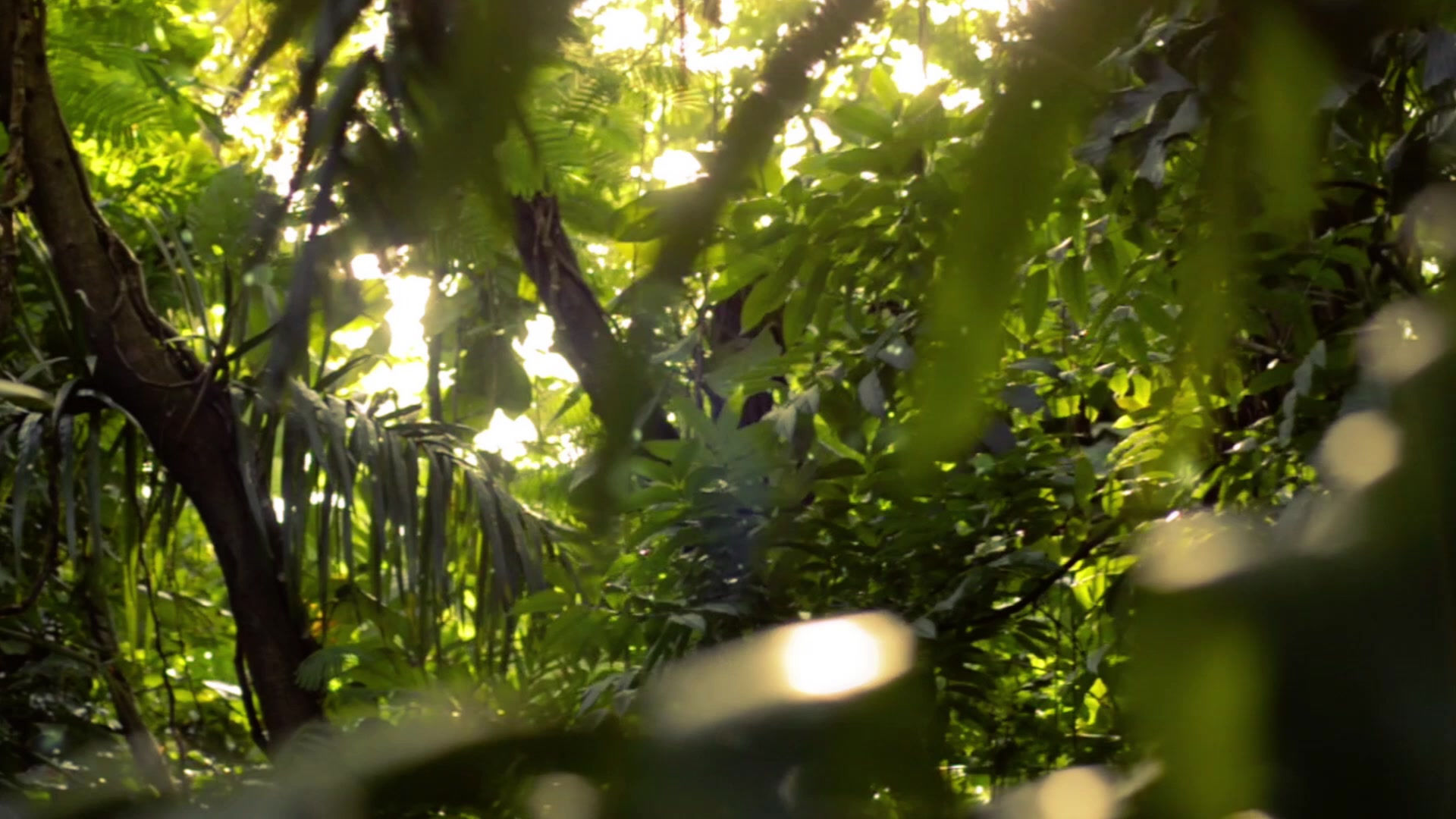Pate: A True Togolese Delicacy
- DukeEngage Admin
- Aug 2, 2018
- 4 min read
By Maria Espinosa. Learning to make (and love) a staple in the Togolese diet.

One day for lunch, I ate the Togolese equivalent of 6 tortillas. Okay let me rephrase. One day for lunch, I tried pate for the first time—the Nicaraguan equivalent of 6 tortillas. This comparison might be a stretch, considering that Pate is similar to tortillas in one way only: the fact that it’s made from ground corn.
That day, when Marie told me that my lunch would be “Pate”, I assumed at first that she meant spaghetti, since the French use a similar word for pasta. Instead, I tasted for the first time what most families in farande eat daily for at least one meal. There are two components to this dish: the first is corn in the form of a little compacted mound—slightly reminiscent of raw tortillas before they are set over a flame. The second is a sauce that comes in a variety of flavors, depending on the recipe and which ingredients are available that day. The sauce that day was green, stringy, and filled with small pieces of fish and cooked leaf. I assumed at first that it was spinach that I was eating; but later r learned that this leaf came from the branches of baobab trees.
Marie laid my lunch out in front of me, and explained carefully how to properly eat pate. She uncovered one of two plates, which had at its center a little metal bowl. She lifted the little bowl, and shook it slightly. The corn pate slid out methodically and landed on the plate, forming a sturdy imitation of the inside of the metal bowl. Next, she uncovered the second metal bowl to present the sauce, still steaming slightly from the fire it lay over just a few moments ago. Marie told me to break off pieces of the pate and dip them into the sauce before every bite. Then she left me with a few parting words : “Il faut manger tout!” (You must eat all of it!).
So I did. I ate the entire corn pate, at least. I found that it was a little harder to finish the sauce due to its unfamiliar consistency, though I tried my best. A couple minutes after I returned my plates, Marie came into my room, smiling, and congratulating me on eating the entire corn pate. I was a little surprised, given that I only ate a quarter of the baobab sauce; I later learned from our professor, Charlie, that it was the corn pate which they consider the heart of the meal.
A couple of weeks later, Marie showed me how to make the same pate dish myself.
To begin, she handed me a basket of baobab leaves, and taught me how to peel the leaves from the stems so that the green fleshy part of the leaf separated from its yellow stem. Once all of the leaves were peeled, my host sister, Chelalo, placed them into a small stone basin and handed me a long wooden club to grind the leaves with. After a few minutes or so after I began, my arm began to burn from the repetitive grinding motion, and Chelalo offered to help me. I observed as she ground the leaves at a much faster rate than I had been doing, adding water every so often until the leaves turned to the consistency of cooked spinach. Marie then handed us three small pieces of meat to grind in until the green was once again uniform. Afterwards, Marie set the ingredients over the fire and added water along with several pieces of fish, having me stir occasionally as the liquid turned quickly into sauce.
Later that night, I observed Marie as she scooped freshly ground corn flour into a large metal pot, adding bowls of water while stirring consistently. When she handed me the large stirring spatula and instructed me to do the same, I was shocked to find how heavy stirring the pate mixture really was. A few moments ago, I had watched Marie stirring rapidly and at ease. My movements, however, appeared taxing and slow, and I felt a familiar burn creep into the muscles of my arms. Marie chuckled lightheartedly when she realized I was already tired after only a few minutes, and took over from there, assuming her own rhythmic stirring.
That night, I ate pate again—the same corn pate with baobab sauce that I had tried the first time and had made earlier that day. This pate, however, was different than the first. Even though I cooked often at home in the states, I am accustomed to the help of the various machines we rely on to cook the majority of my dishes. After cooking in Farende, I realized now the amount of manual work that was involved in making of both the sauce and the corn pate, and felt incredibly thankful for the efforts of my host mother and sister.






Comments